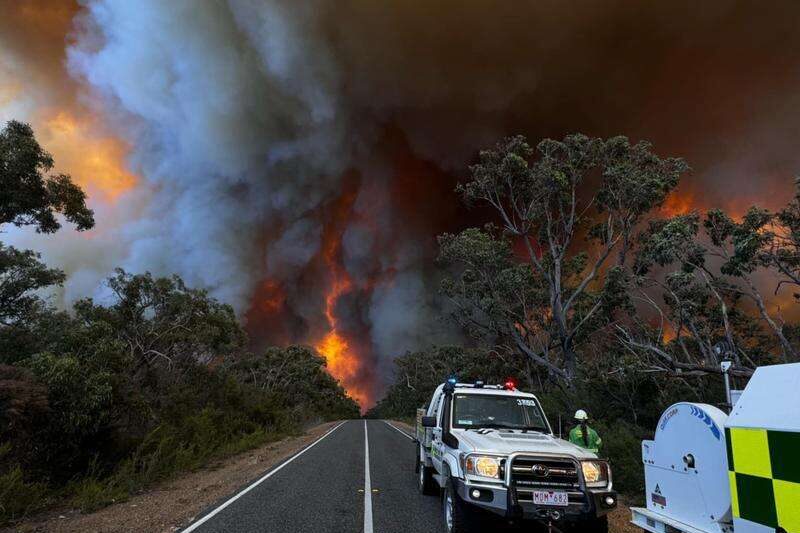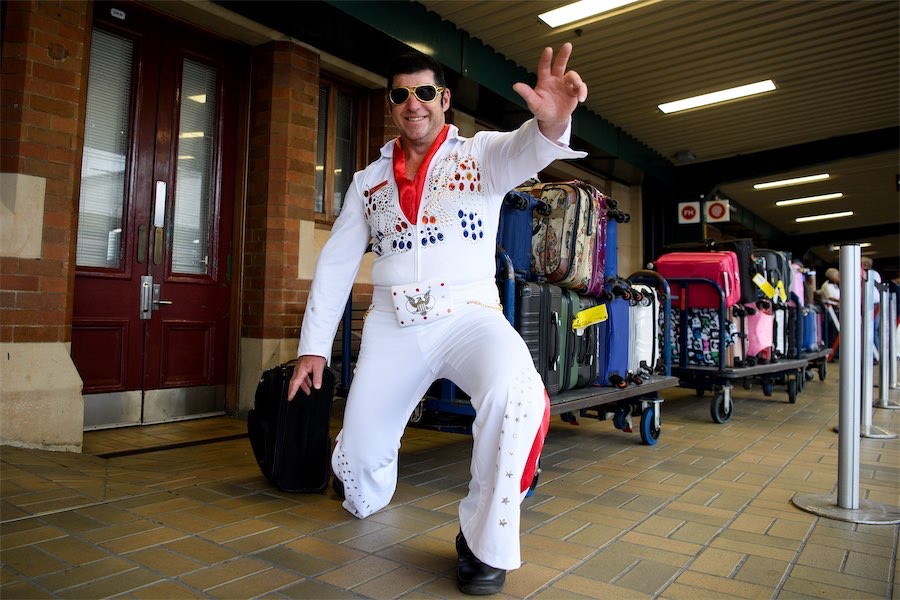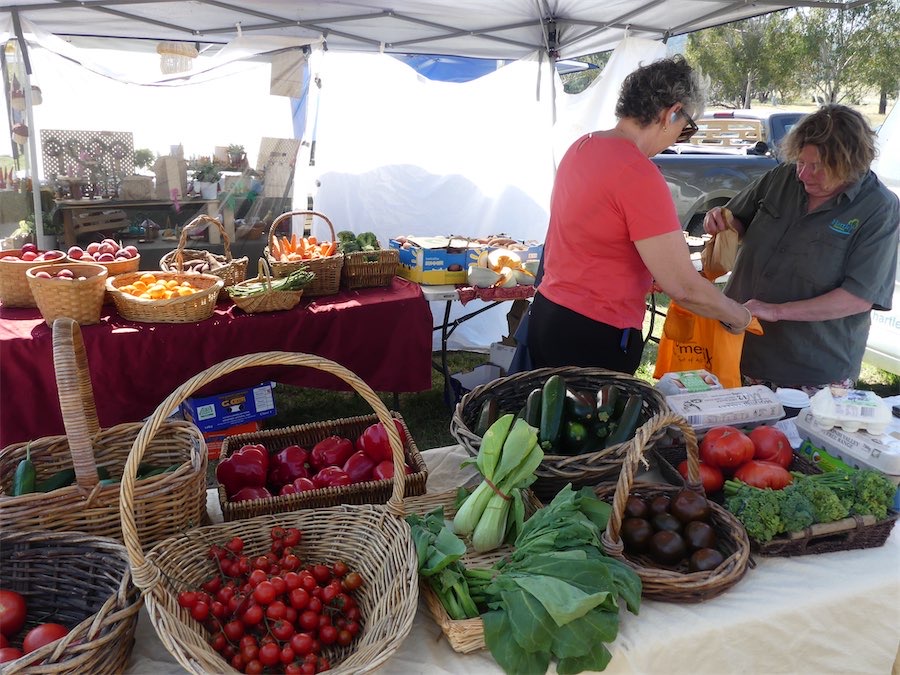
Further government investment is still needed to ensure GP clinics remain sustainable in the long-term, the country’s peak medical body has urged, following a boost in the number of bulk-billed appointments.
Government data has revealed the bulk-billing rate rose 2.1 per cent to 77.7 per cent in March, with an estimated 950,000 extra trips to the doctor made in the past five months.
While there has been a rise in bulk-billed appointments following an increase in financial incentives offered to GPs, the Australian Medical Association is calling for further funding to guarantee the best outcome for patients.
Association vice-president Danielle McMullen said the figures were encouraging, indicating that additional financial relief could lead to more improvements in the sector,.
“This is only one part of the reforms needed for a sustainable general practice sector,” Dr McMullen told AAP.
“General practice is the most cost-effective part of our healthcare system and keeping people or providing early intervention is critical to the health of Australia.
“The numbers are a step in the right direction, but we must keep the pressure on to invest in general practice and our nation’s health.”
Health Minister Mark Butler ruled out any further financial incentives to bulk-billing, saying there had been a significant turnaround since the government tripled the incentive.
“(The incentives) are working to arrest, first of all, the freefall in bulk-billing that we inherited when we came to government,” Mr Butler told ABC radio on Monday.
“They’re providing much better renumeration to GPs who are bulk-billing … and we are seeing a pleasing rebound.”
Medicare payments for doctors in major cities who bulk-billed for a standard consultation had increased by 34 per cent, while rural and regional doctors had received an extra 50 per cent.
Tasmania recorded the highest increase in bulk-billing since the new incentives came into effect in November, up five per cent, while the ACT recorded the lowest, up 1.3 per cent.
NSW has the highest bulk-billing rate and is the only state to achieve more than 80 per cent, while the ACT has the lowest at just more than 50 per cent.
The bulk-billing rate in other states and the Northern Territory is in the 70s.
However, Mr Butler said there was still a long way to go.
“This is not going to be a change we see overnight. It has never been harder to see a GP than it is right now,” he said.
“We have seen general practices around the country close down, particularly in regional areas it’s been very hard to attract general practitioners.”
Opposition health spokeswoman Anne Ruston accused the government of using misleading figures in citing the rise to bulk-billing rates, saying GP clinics still faced multiple issues.
“We know that 1.2 million Australians avoided seeing a doctor last year due to cost concerns, and the costs have only grown since,” she said.
“This will have serious consequences for the entire healthcare system.”
Training places for rural GPs are also being expanded in 2024 to help tackle surging demand.
The Australian College of Rural and Remote Medicine is set to take up to 165 doctors under the Australian General Practice Training program, while 188 trainees will be offered places under a rural training scheme.
The Royal Australian College of General Practitioners has also recorded an increase in demand with an increase of 88 trainees places from 2023, up to 1255.
Who can be trusted?
In a world of spin and confusion, there’s never been a more important time to support independent journalism in Canberra.
If you trust our work online and want to enforce the power of independent voices, I invite you to make a small contribution.
Every dollar of support is invested back into our journalism to help keep citynews.com.au strong and free.
Thank you,
Ian Meikle, editor





Leave a Reply